The New Motorola Moto X (2nd Gen) Review
by Joshua Ho on September 17, 2014 9:00 AM EST- Posted in
- Smartphones
- Motorola
- Android
- Mobile
Software
By now, most people are probably familiar with Motorola’s new strategy. Instead of focusing upon differentiating their user interface with a visual redesign and custom applications to replace almost every function, Motorola has stuck with the UI that we see in Nexus devices and any build on Android Open Source Project (AOSP). Instead, Motorola is focusing upon adding value with applications that add functionality and don’t really deviate from the established design language. Motorola claims that this improves performance and also the rate at which they update their phones. While the former is definitely true when comparing to some of the heavier UIs, it’s not necessarily true with all OEM skins. The latter seems to be true all of the time though, as so far with this strategy Motorola has been one of the first to release new Android OS updates.
Of course, we need to go over the value additions that Motorola has made to the software. There are a few key applications that we see in the new Moto X, namely Connect, Motorola Migrate, and Moto Assist. There’s also Spotlight, but that application is more about fun and some interactive stories. The other application that only needs a sentence to explain is the equalizer, which works for both the speaker and headphone jack. In the interest of not wasting everyone’s time, we’ll talk about Connect first. While one aspect of it is to control the Moto 360 and Power Pack Micro, the differentiating aspect is to act as a way to send and receive text messages through the computer. In addition, this application allows for a computer to remotely ring the connected Moto X and also track call logs.
While these features are nothing new and can be found in the form of Airdroid on the Play Store, the difference is the polish that this feature has. The interface is clean and fast, and feels like a native application. It just works, which is surprisingly rare with some of the features that I see on smartphones. It works through WiFi and cellular data, and is tied to a Motorola or Google account, so the initial setup is the only area that takes any amount of time.
Motorola Migrate is decidedly more mundane, and is simply a solid way to transfer data from another smartphone running iOS or Android to the new Moto X. Interestingly enough, it also provides a method for transferring information from the Moto X to another phone. While I don’t really have any need for such an application, it would definitely be great for anyone new to Android as it would be an easy solution.
Moto Assist rounds out the Moto app suite and provides great functionality, although Moto Assist requires high accuracy location to be on all the time to function properly. By using data such as time, calendar events, and location, Moto Assist will change settings on the phone. For example, by default the phone will automatically be silenced and Moto Display will be turned off between 11 PM and 6 AM. If the phone detects that you are driving, it will start playing music over Bluetooth or the headphone jack and read text message aloud. It also will announce the caller ID for incoming calls. The final two profiles are home and meeting, and the former is simply the driving profile without music options and the latter is the sleep profile with auto-reply instead of shutting down Moto Display.
Needless to say, it’s a convenient feature. However, I have to question the wisdom of using GPS data as it would require a great deal of monitoring in order to work reliably, which would hurt battery life. At any rate, these features work as advertised.
Overall, I think Motorola has added some decent software features, but most of their differentiation comes from the integration of software and hardware. While Motorola has set themselves apart from the other OEMs by not skinning Android at all, they face direct comparison to the Google’s Nexus line as the experience is so similar. While stock Android is great in some ways, I also personally feel that it’s a bit user unfriendly as some functionality just doesn’t work as expected. The quick settings drawer is a great example of this, as some buttons will toggle on long press and others will toggle on a short press. The contrast of both dark and light themed applications is irritating as well, although Android L will go a long way to fix all of these complaints.
At any rate, most of these issues are nitpicking. Anyone that actually buys this phone will find a great software experience. While OEM UIs have the potential to add to the Android experience, for the most part the major reskins tend to detract from the experience rather than adding to it. Motorola has done a great job by adding to it, even if they don’t add as much as I’d like. I really do hope that the launch day OTA fixes a lot of the issues I've encountered, as there's noticeable levels of general bugginess.


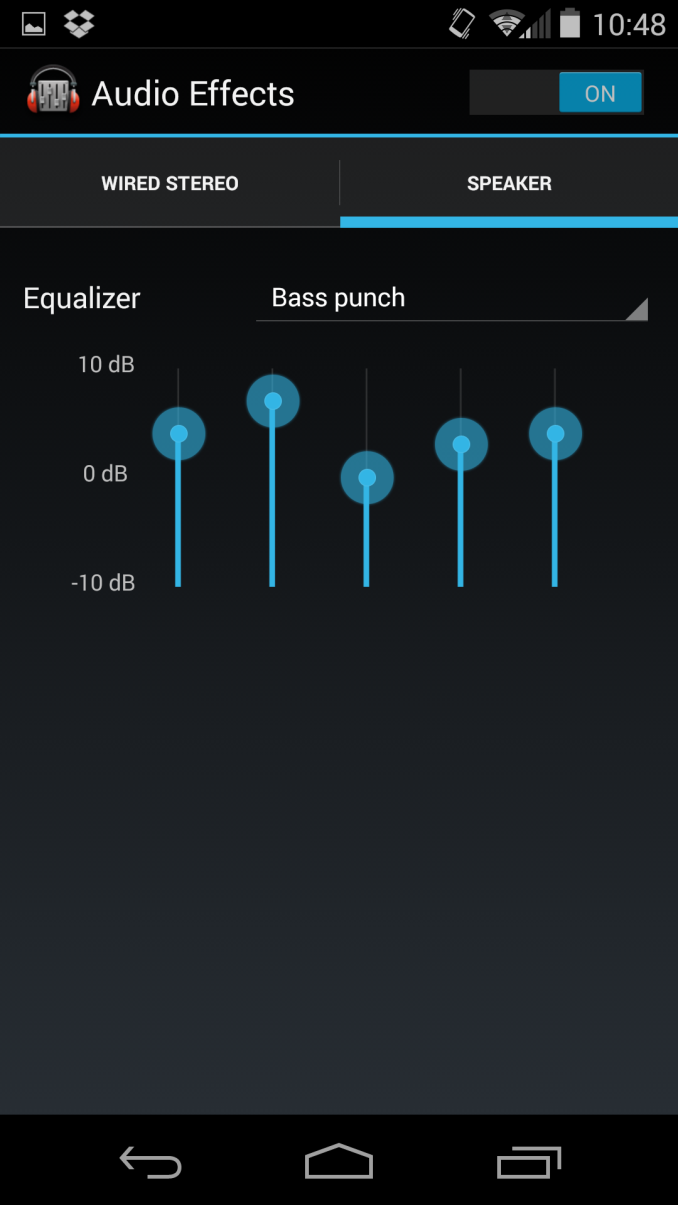
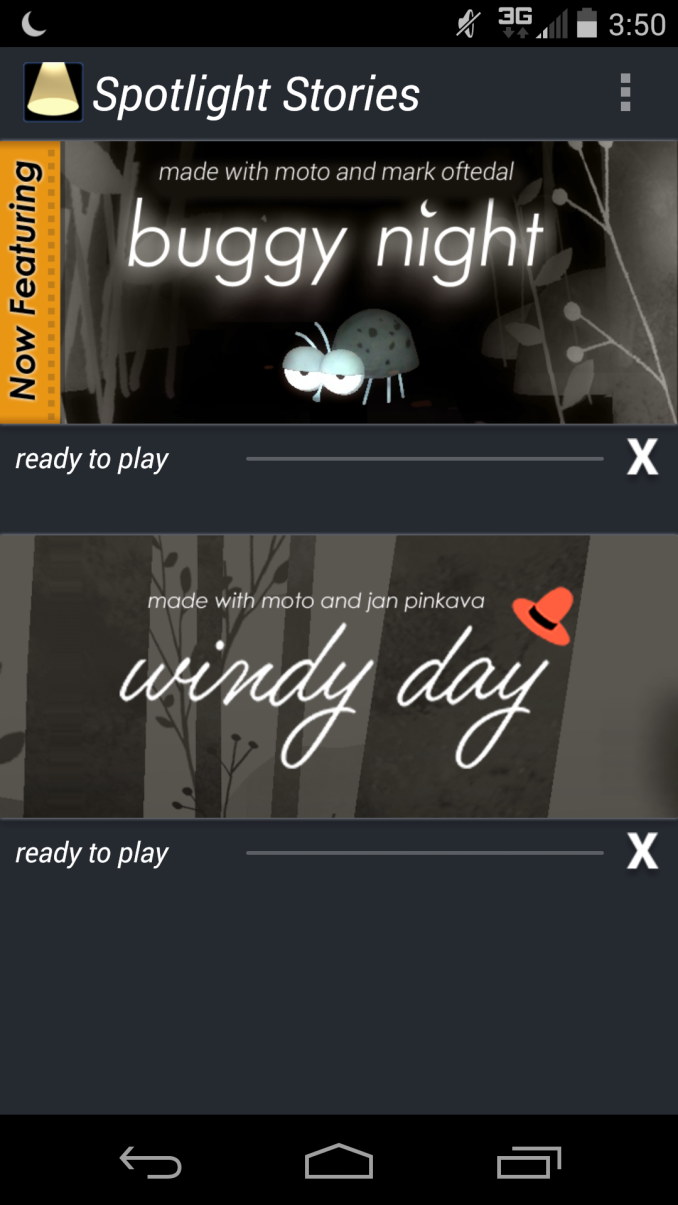
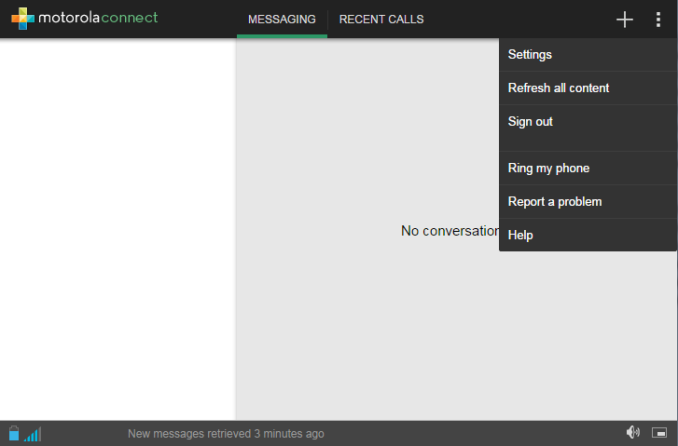
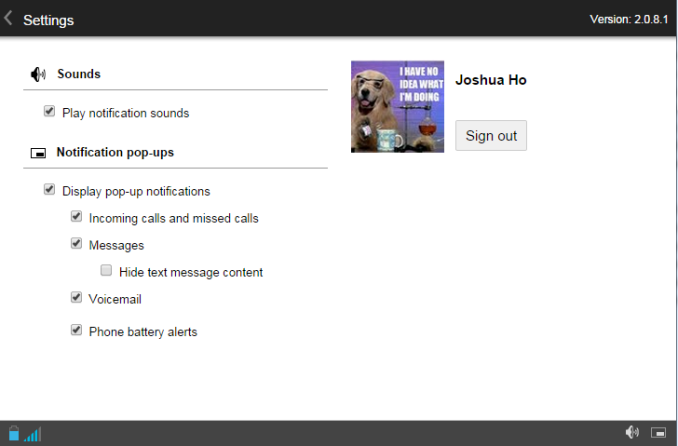
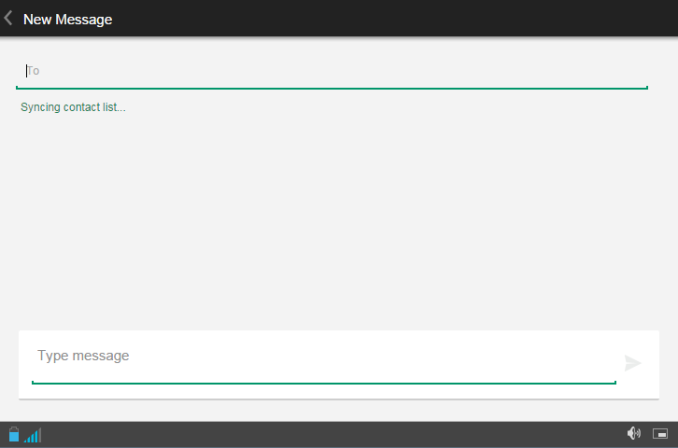
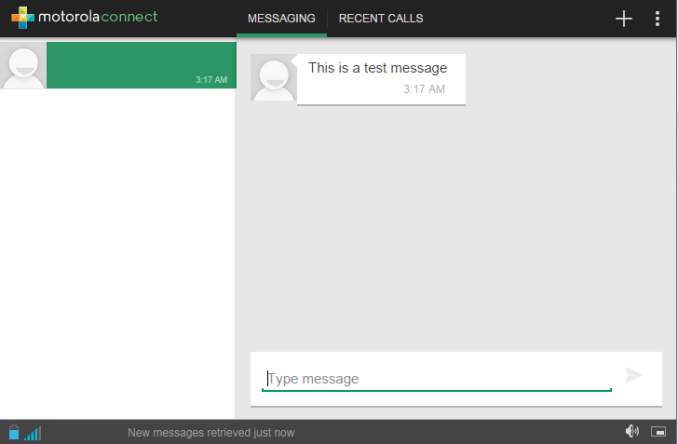
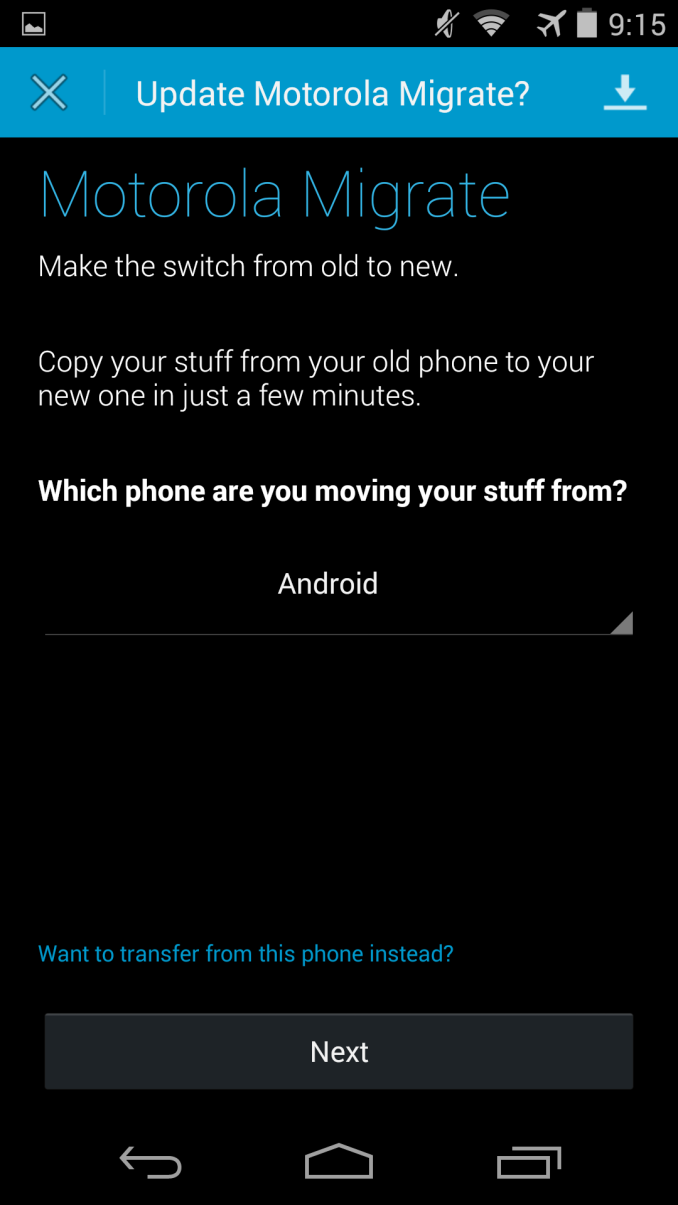
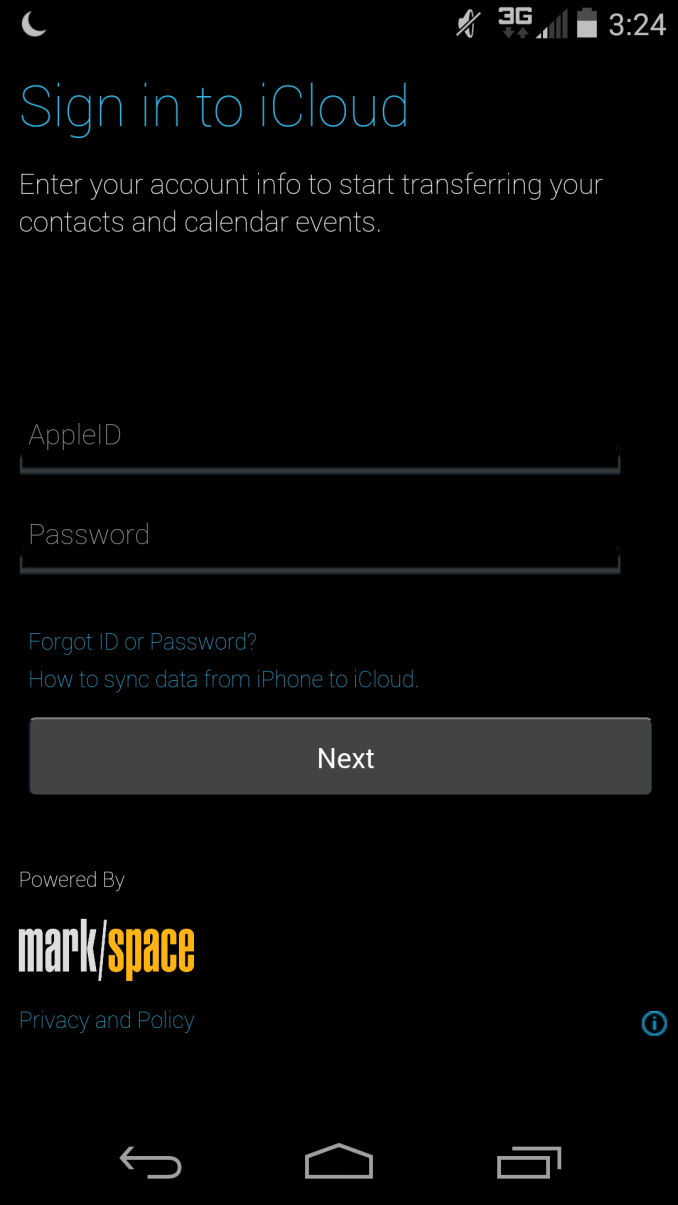
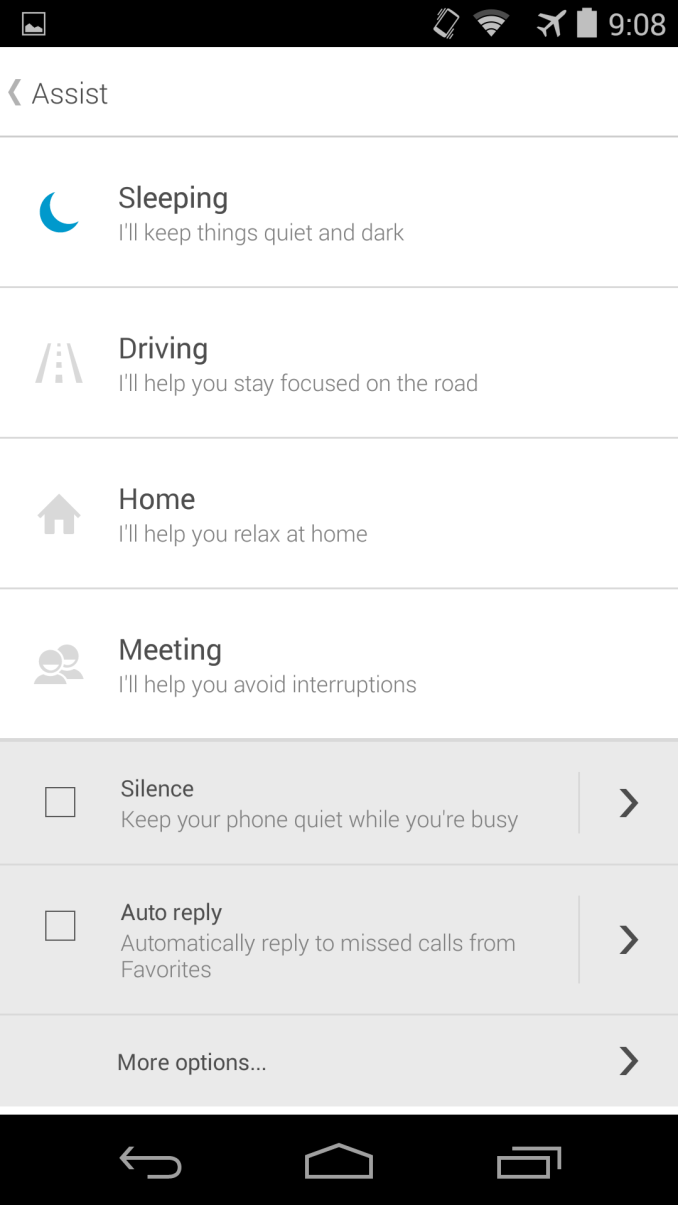
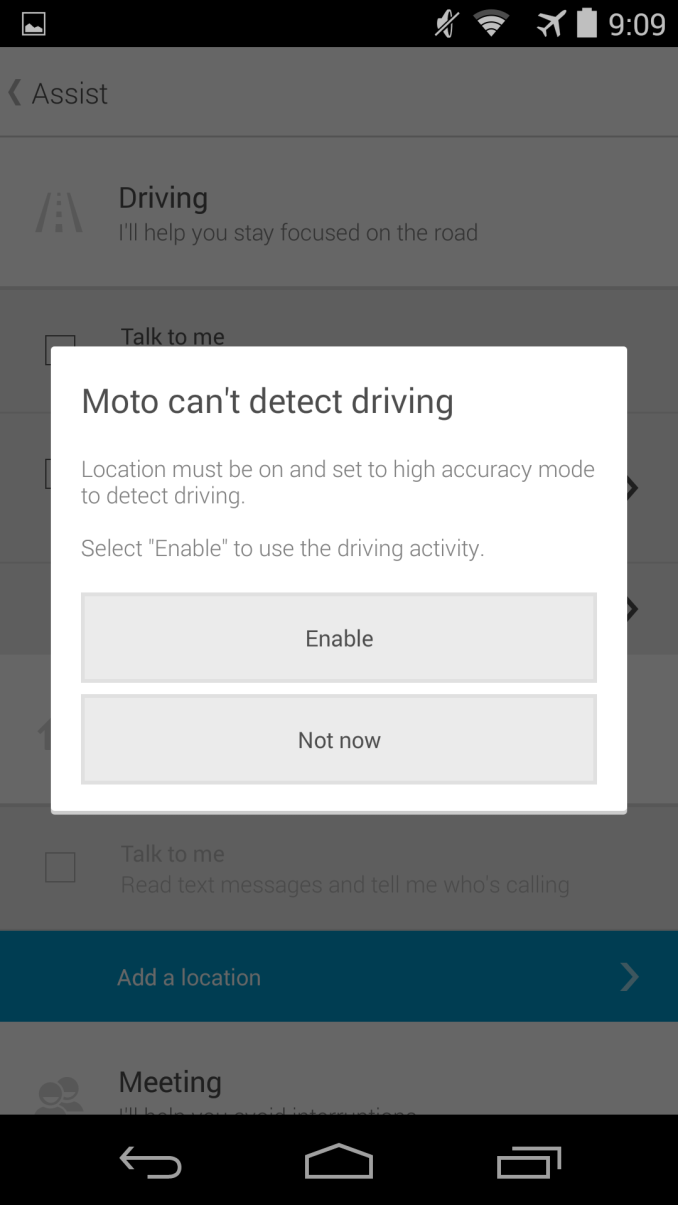
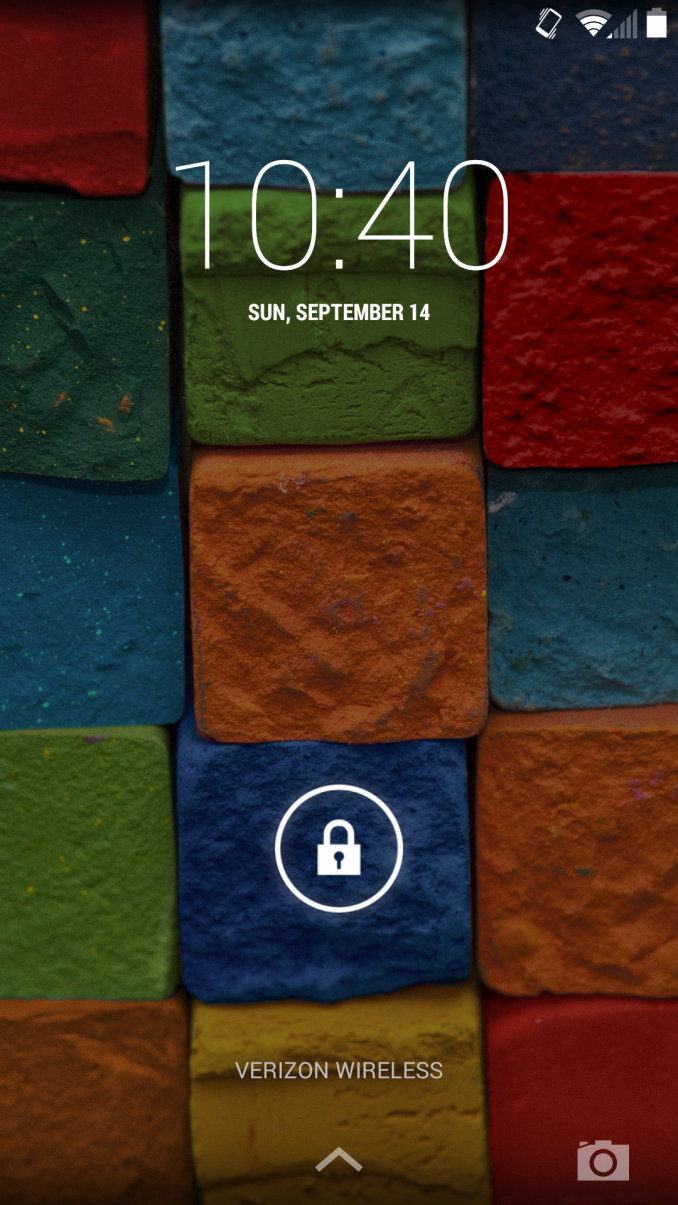
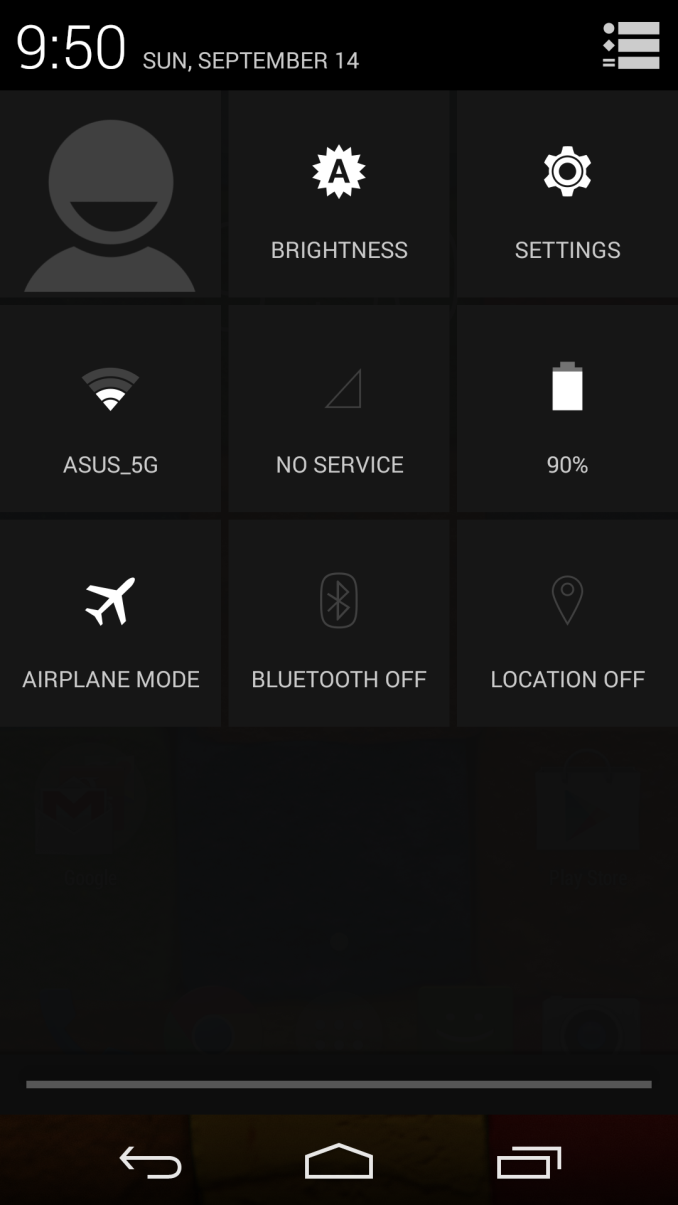








179 Comments
View All Comments
cknobman - Wednesday, September 17, 2014 - link
Hmmm.........Crap screen
Crap battery life
Crap camera
Why should anyone buy this again?
piroroadkill - Wednesday, September 17, 2014 - link
They won't.There were reasons to buy Moto X, but this new version is pointless, it's huge and worse than the alternatives.
soccerballtux - Thursday, September 18, 2014 - link
I don't understand what the hate is. I still think it's a great phone.gg555 - Wednesday, September 24, 2014 - link
I'd say it has a very good, but not top of the line screen. A passable camera. And okay battery life (bettery than many of last years phones), but again not top of the line for today's flagships. So your characterizations are unfair, I think.The Moto X does have a beautiful design, arguably one of the best out there, on a Par with the HTC One M8. It also has the active display, always on voice commands, and the hand gestures, which sound like they are very well developed features that add convenience (unlike the gimmicky heartrate crap on other phones).
It has basically stock Android, without a bunch of bloat software, which many people like. And this will also make it easy for it to get very quick updates to new version of the OS (all of Motorola's additions are downloadable as apps and do not require Motorola to spend a lot of time updating its skin, etc., for a new version of Android).
It also as a super sophisticated antenna design, as explained in the AnandTech preview of the phone a couple weeks ago. That ought to make it industry leading, if you know, you use your phone to connect to a network.
And it has a once of a kind four microphone noise cancellation solution. This is extremely unusual. The best noise cancellation chip out their (from Audience) has a three microphone option, but don't know of anyone who has even implemented that (if so it's very rare). Two microphones is the norm. So four microphones is exception. Unfortunately, AnandTech did not test it like they used to do. But it could make for incredible call clarity in noisy settings.
So the Moto X is certainly not necessarily for everyone. There are arguments to be made for other phones. But I think it holds it own, offers useable features, rather than gimmicks, and has a lower price than other flagships. It's a prefectly good choice. Other phones have their own shortcomings.
DeciusStrabo - Wednesday, September 17, 2014 - link
Man, that's sad to see all these regressions. I love my Moto X, could easily deal with the increased size and love to see the performance, but that battery life is simply embarassing. Worse than last years version? That's simply not acceptable. Worse screen in some respects and a camera that's somewhat better, but not really good doesn't help.I really was very close to ordering the new Moto X, but it seems I will have to wait at least until the new Nexus device, maybe even longer. Or - god forbid - think about an iPhone.
semo - Wednesday, September 17, 2014 - link
In this day and age, regression sells! I have no idea how but putting taking useful features away somehow generates more sales. It's also another chance to (re)introduce groundbreaking and amazing features at a later date!I think these days, if you are a phone manufacturer, all you have to do is make the screen bigger and you can take a massive dump on anything else. Better still, if you are a monitor manufacturer, just stick an LTE chip to one of your monitors and sell it as the best phone ever.
MrGutts - Wednesday, September 17, 2014 - link
Not to be a smart ass; well yeah I am going to be.Why in the world does someone want to invest money in a company that gets pass around like some prostitute on Saturday night? Who's turn is it this year, IBM was it?
The company doesn't communicate anything to the consumers, they horribly screwed a ton of customers on new phones telling them they are NOT upgrading the android OS on the phones. The list can go on with them.
DeciusStrabo - Wednesday, September 17, 2014 - link
Which phones don't get an update by Motorola?soccerballtux - Thursday, September 18, 2014 - link
The Atrix4G was marketed as the worlds most powerful phone, and never made it past Gingerbread even with its 1GB RAM and dual core processor.I still hate them for it
randomlinh - Wednesday, September 17, 2014 - link
Hrm, no T-Mobile LTE band 12... which is the newly acquired 700mhz VZW band I believe? Though, almost moot given how disappointing the battery life is.